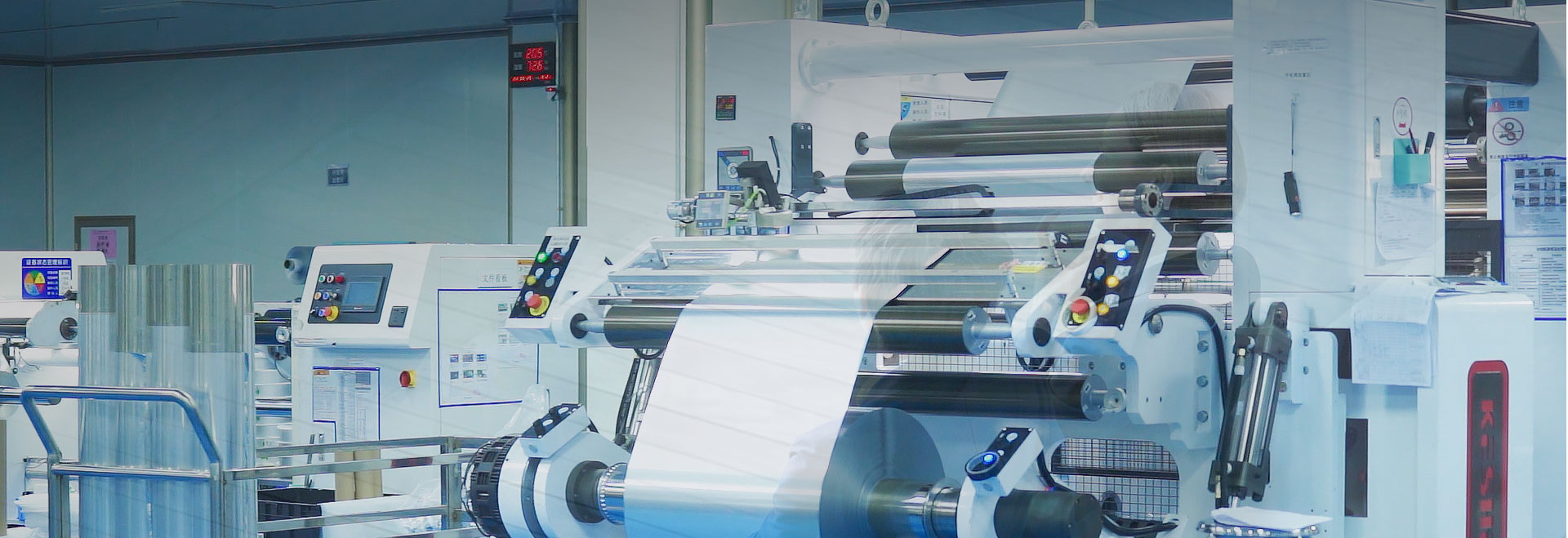What are the requirements for aluminum pouch film in liquid soft pack lithium batteries?
1. Has excellent heat sealing properties. The formation of the entire battery casing is achieved through heat sealing of aluminum-plastic film, which requires good heat sealing performance of the inner layer of the aluminum-plastic film, sufficient peel strength, and good resistance to electrolyte immersion at the heat sealing joints. Generally, it is required that the inner membrane be soaked in electrolyte and penetrated to the seal (within approximately 12 days), with a sealing strength greater than 40N/15mm. Lithium ion batteries are also sensitive to high temperatures, and are generally used at temperatures below 60 ℃. It is required that the soft packaging material has sufficient heat sealing strength, and the lower the heat sealing temperature, the better. Generally speaking, the heat sealing temperature should not exceed 150 ℃. When using a higher heat sealing temperature, appropriate edge cooling measures must be taken to prevent the conduction and radiation during heat sealing from damaging the battery.
2. Aluminum plastic film does not react with electrolyte. The use of batteries is a dynamic electrochemical reaction process (continuous charging and discharging), and the aluminum-plastic film used as the battery shell should be able to effectively resist the swelling, dissolution, permeation, absorption, and electrochemical reactions of the internal electrolyte. The electrolyte inside the battery is composed of various organic solvents and lithium salts that can quickly produce highly corrosive hydrofluoric acid when exposed to water. Multiple organic solvents often swell, dissolve, and absorb flexible packaging materials, especially as they are good solvents for adhesives or bonding resins used in general composite materials, which can damage the bonding effect between composite layers. The presence of highly corrosive hydrofluoric acid will severely corrode the aluminum foil, causing the inner film to separate from the aluminum foil, and then corrode and puncture the aluminum foil, thereby damaging the entire packaging. Especially the inner layer material of aluminum-plastic film cannot be dissolved by electrolyte, nor can it swell with electrolyte. If the inner layer material is dissolved by the electrolyte, due to the working voltage of the battery being above 3.6V, the dissolved components will undergo electrochemical reactions and produce gas, causing the battery to swell and be scrapped; If the flexible packaging material swells the electrolyte, it will change the composition of the electrolyte and affect the performance of the battery.
3. Has extremely high water and oxygen resistance performance. Liquid flexible packaging lithium-ion batteries require that the barrier properties of aluminum-plastic film (such as moisture and oxygen) be 10000 times higher than those of ordinary aluminum-plastic film. Generally, the water vapor permeability coefficient is required to reach 10-4-10-6g/m2 · d · 1atm, and the oxygen permeability coefficient is required to reach 10-1~10-3cm3/m2 · d · 1atm.
4. Has high flexibility, mechanical strength, and ductility. The production and assembly of liquid flexible packaging lithium-ion batteries require high flexibility of the flexible packaging materials, while the safety guarantee during use requires high mechanical strength and heat sealing strength of the flexible packaging materials. When aluminum-plastic film is used to make battery shells, it needs to be cold pressed, that is, the flat aluminum-plastic film is stretched into a rectangular cavity, which requires the composite material to have good ductility as a whole. Especially for aluminum foil, soft materials should be selected, otherwise wrinkles and pinholes are prone to occur around the R area during stretching, which will reduce the barrier performance of the material. After the packaging of the battery cells is completed, the final shaping and heat sealing of the edges (usually with a heat sealing area width of 3-5mm) also requires that the layers of aluminum-plastic film that make up the film have good mechanical and physical properties, otherwise problems such as breakage and rebound may occur at the folded line.
5. Good electrical performance. The essence of electrical performance is the influence of packaging film on battery charge and discharge rate, including electrical insulation, the balance of electrolyte components, and the electrical insulation of composite films, especially aluminum foil, after being immersed in electrolyte. The electrical performance indicators are being further explored and explored.













